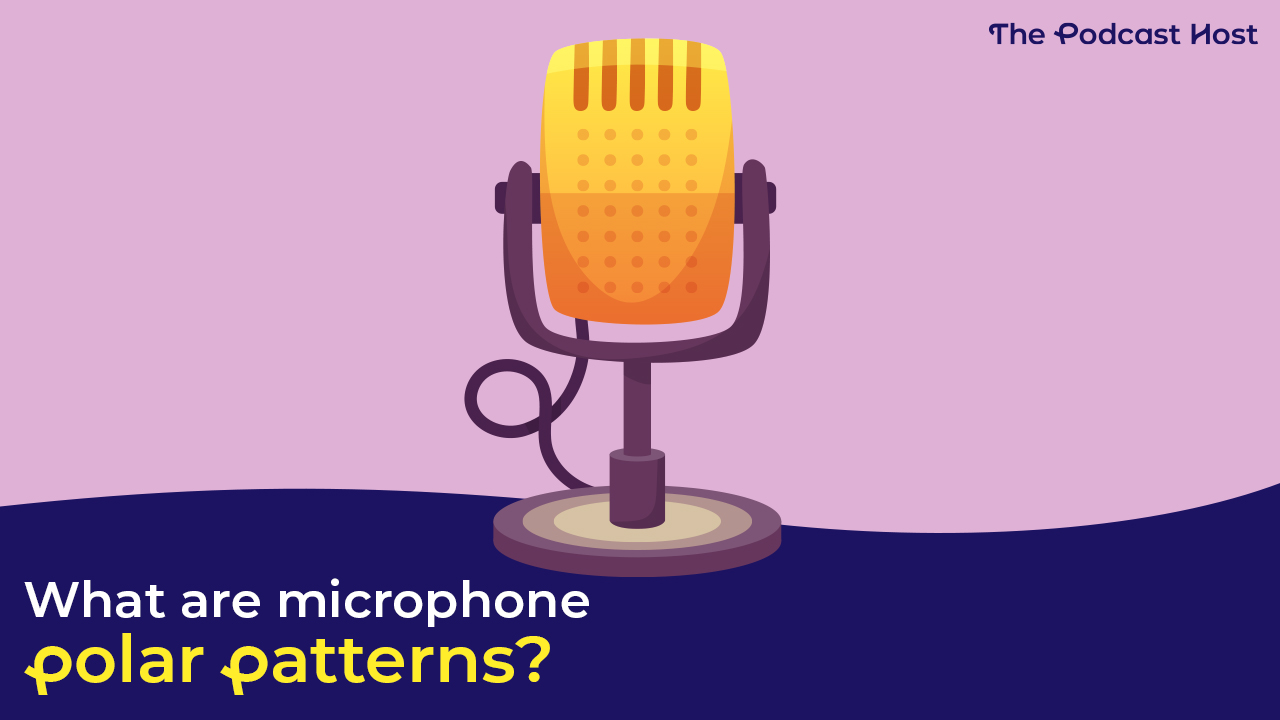In my humble opinion if you need a quick and dirty way to improve the inclusion of drums into a performance mix, the EAD10 can be a very simple solution. How does it compare to setting up a kick mic, snare mic, and over head mic (essentially what the EAD10 really captures well), well the obvious differences with individual mic-ing you get better definition in the mix and can isolate and control the sound of instruments specifically mic'd. Point for separate mics for sound quality and instrument differentiation. However, if you position the mic array properly (and that isn't universal, you have to find what works for you in placement depending on how you set up your kit) you will be able to capture all acoustic instruments of your kit, and be able to universally apply EFX to all instruments equally. Point EAD10 for ease of set up if you preset all of the functions in advance of a gig and you just recall those settings. Physical set up is easier than a mic because it doesn't require a separate stand, it has one and whether you mount the module, the mic array, or both, you likely have the equipment already. Instrument bleed is a thing with the EAD. It is also a thing with mics. It all depends on the sonic volume and how you isolate either mics or the EAD from that sonic volume is how well it will perform. If you work with in ears exclusively it is PHENOMENAL. If you do both in ears and monitors it is pretty good. And if you ONLY use monitors, it can still work, you just have to dial in the gain appropriately so it is harder to pick up bleed from other instruments.
I use it all the time live. I use it all the time in rehearsal. With very little practice you can get your kit into the mix with little effort and the more you do it the easier it gets. I learn something new about it every time I use it. It has weaknesses. Yamaha deliberately limited the number of inputs and didn't add high hat pedal functionality because they sell competing ealquipment that does that specifically. (DTX eDrums etc.) I think that Yamaha could have corner the market if they would have added those to elements, and then if they added the ability to sample and loop, it would compete with the Roland SPD SX Pro as well as the DTX Multi 12 and the Alesis Strike Pad Pro. But that would steal thunder from the DTX Multi 12 and the DTX eDrums.
Overall if you need a reliable way to amplify or mix your drums and you use in ear monitors exclusively and quickly, it is unmatched for ease of use, quality of sound, and fun factor.













